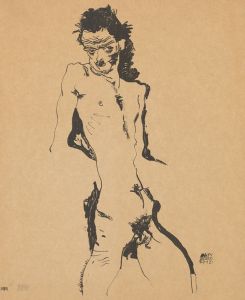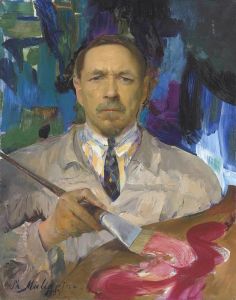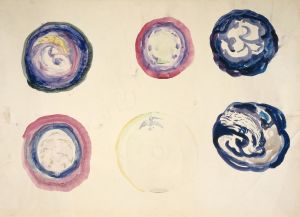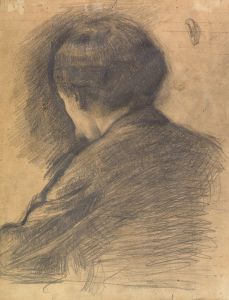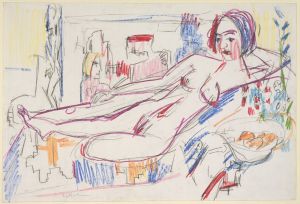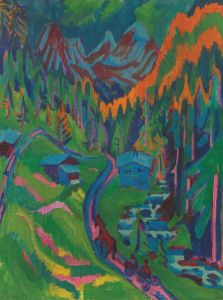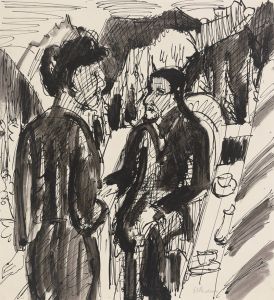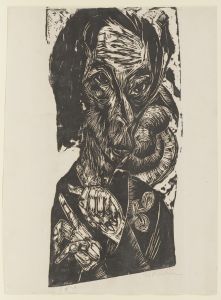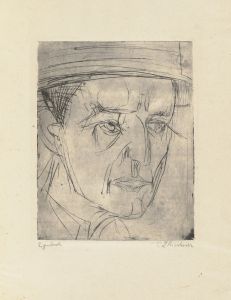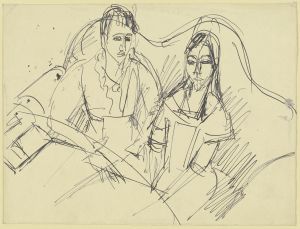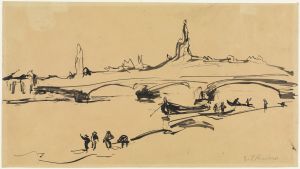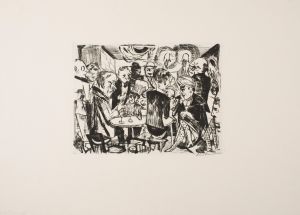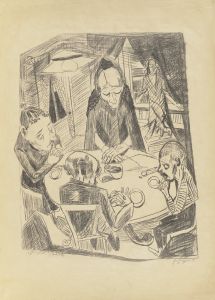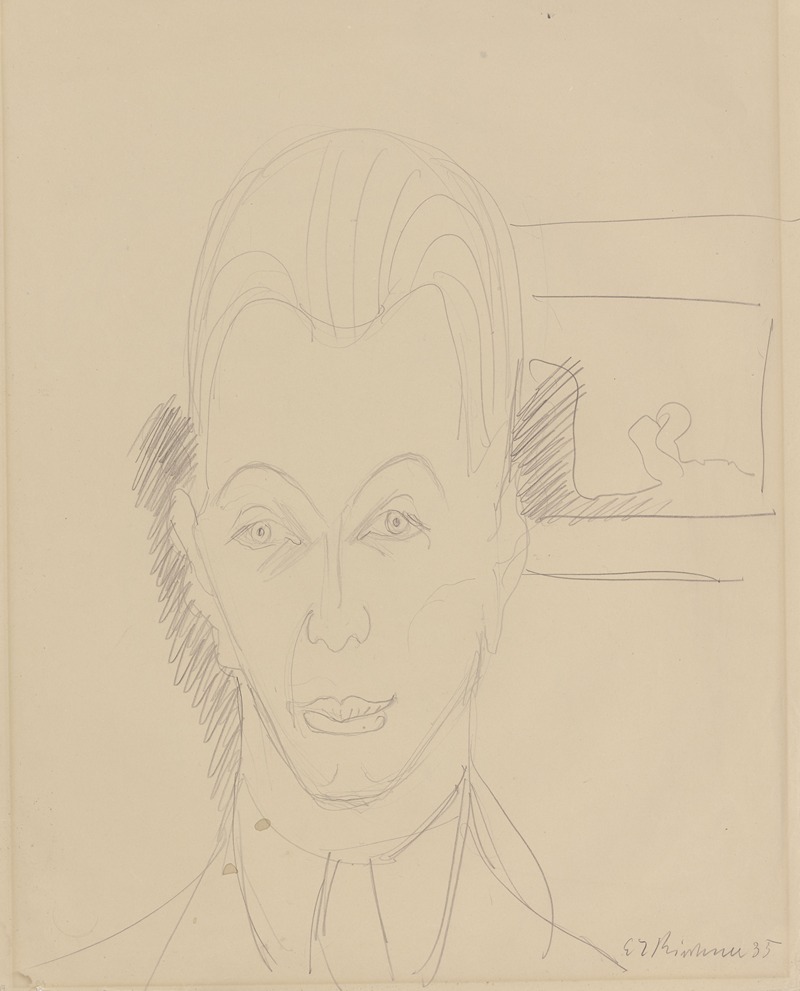
Self-portrait
A hand-painted replica of Ernst Ludwig Kirchner’s masterpiece Self-portrait, meticulously crafted by professional artists to capture the true essence of the original. Each piece is created with museum-quality canvas and rare mineral pigments, carefully painted by experienced artists with delicate brushstrokes and rich, layered colors to perfectly recreate the texture of the original artwork. Unlike machine-printed reproductions, this hand-painted version brings the painting to life, infused with the artist’s emotions and skill in every stroke. Whether for personal collection or home decoration, it instantly elevates the artistic atmosphere of any space.
Ernst Ludwig Kirchner's "Self-Portrait" is a notable work by the German Expressionist painter and printmaker, who was a founding member of the influential art movement Die Brücke (The Bridge). This movement, established in 1905, sought to create a new artistic language that broke away from traditional academic styles and embraced bold colors, dynamic compositions, and emotional intensity. Kirchner's self-portraits are significant not only as personal reflections but also as representations of the broader themes and stylistic innovations of Expressionism.
Kirchner painted several self-portraits throughout his career, often using them as a means of exploring his identity and emotional state. His self-portraits are characterized by their raw, unfiltered energy and their use of exaggerated forms and vibrant colors. These works often reflect the psychological tension and inner turmoil that Kirchner experienced, particularly during periods of personal and professional crisis.
One of Kirchner's most famous self-portraits is "Self-Portrait as a Soldier" (1915), which depicts the artist in his studio, wearing a military uniform with a severed right hand. This painting is widely interpreted as a commentary on the trauma of World War I and its impact on Kirchner's mental health and artistic practice. However, it is important to note that Kirchner's self-portraits vary widely in style and tone, reflecting different aspects of his life and career.
Kirchner's self-portraits are also notable for their innovative use of color and form. He often employed non-naturalistic colors and distorted proportions to convey emotional intensity and psychological depth. These stylistic choices were influenced by a variety of sources, including African and Oceanic art, as well as the works of Post-Impressionist painters such as Vincent van Gogh and Paul Gauguin.
While specific details about individual self-portraits by Kirchner may vary, his body of work as a whole is recognized as a significant contribution to the development of modern art. His self-portraits, in particular, offer valuable insights into the artist's personal struggles and creative vision, as well as the broader cultural and historical context in which he worked.
If you are looking for information about a specific self-portrait by Kirchner, it is recommended to consult reliable sources or museum collections that may hold the work in question.





